Big cats, including lions, tigers, leopards, and cheetahs, are among the most iconic and majestic wildlife on our planet. However, these magnificent animals have faced numerous threats over the decades, leading to sharp declines in their populations. Conservation programs have been pivotal in addressing these challenges. Here, we delve into the history, development, and impact of big cat conservation efforts, providing an overview of where we stand today.
Early Challenges and Declines
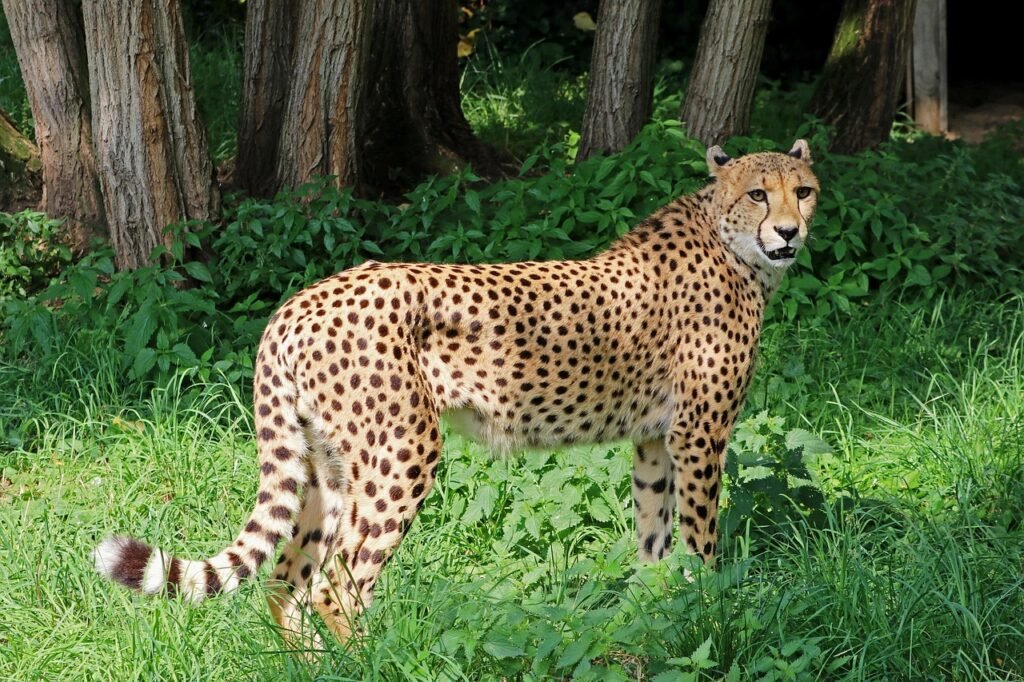
Big cats have long been symbolized for their strength and beauty, yet human activities have significantly impacted their survival. Early in the 20th century, habitat loss, hunting, and poaching were already contributing to their declines. The demand for fur and trophies, combined with expanding human settlements, drastically reduced their habitats and numbers.
Foundations of Conservation Awareness

The awareness regarding the plight of big cats began to grow in the mid-20th century. Conservation pioneers such as George Adamson and his wife Joy, through their work with lions in Kenya, helped bring attention to the need to protect these animals. Their life stories were immortalized in the book and film “Born Free,” which played a crucial role in raising global awareness about wildlife conservation.
Formation of Key Conservation Organizations
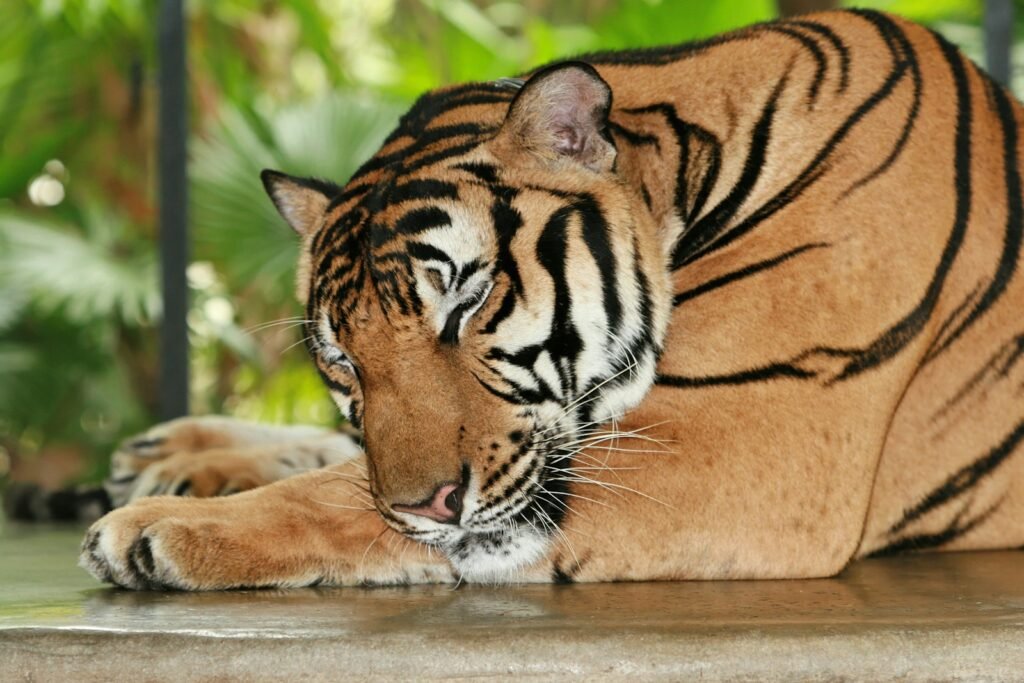
The growing awareness led to the formation of organizations dedicated to wildlife conservation. In 1965, the International Union for Conservation of Nature (IUCN) launched the Cat Specialist Group to cater specifically to the needs and conservation of big cats globally. This provided a structured approach, encouraging nations to develop tailored strategies to conserve these species.
The Role of National Parks and Reserves
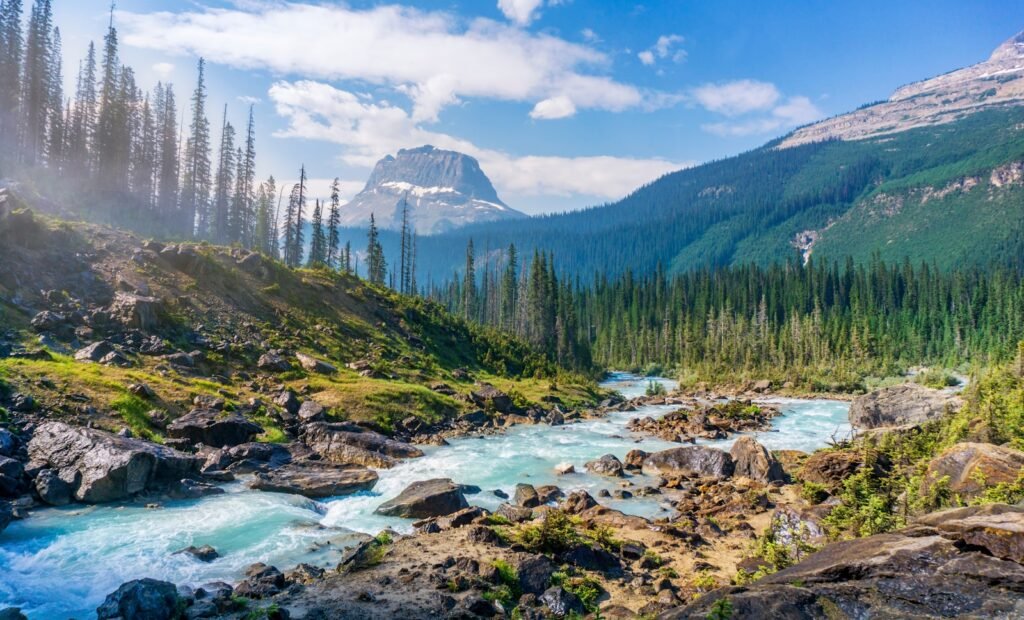
To counteract habitat loss, establishing national parks and wildlife reserves became a primary strategy for conserving big cats. In India, Project Tiger was launched in 1973, which led to the creation of various tiger reserves and played a significant role in halting the decline of tigers there. Similarly, the Serengeti National Park in Tanzania has been pivotal for lion and leopard conservation.
Anti-Poaching Efforts
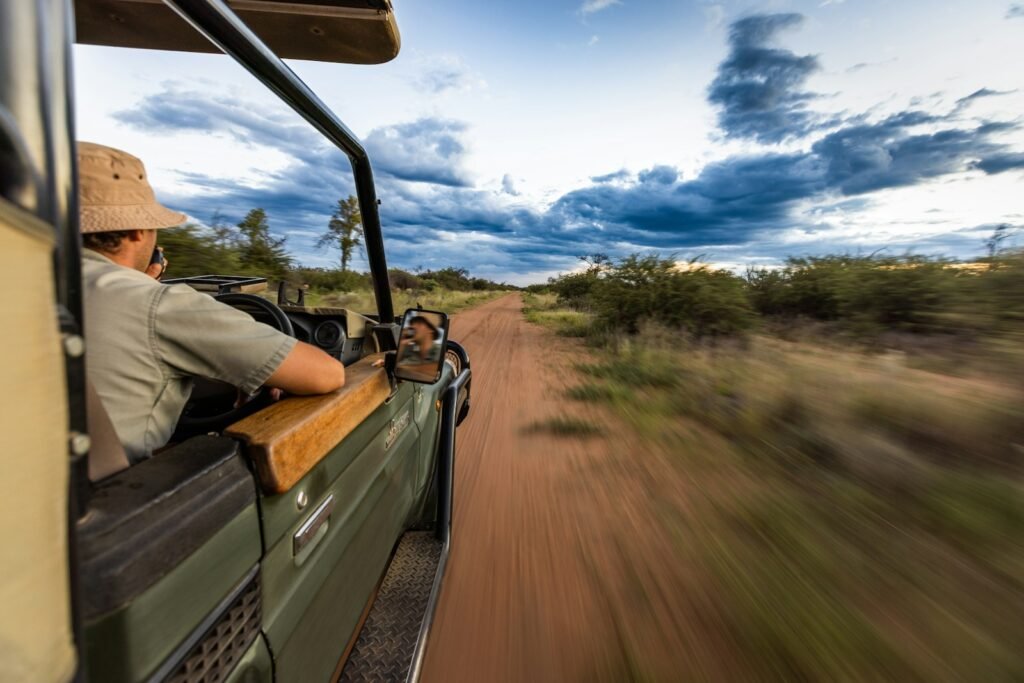
Poaching has been one of the significant threats to big cats, driven by the illegal trade of their body parts. Over the years, several initiatives have been implemented to combat this. For instance, ranger training programs and deploying modern technology like drones and surveillance cameras have become crucial in detecting and deterring poachers.
Community Involvement in Conservation

Recognizing that local communities are vital to the success of conservation programs, many initiatives have focused on involving them directly. Programs that educate communities about the benefits of conservation and offer alternatives to poaching have proven effective. Examples include eco-tourism initiatives that provide economic incentive to preserve wildlife.
Scientific Research and Monitoring

Ongoing scientific research and monitoring have been fundamental aspects of big cat conservation. Studies that track population dynamics, genetics, and habitat use offer vital data that inform conservation strategies. Technologies such as GPS collars and camera traps have been game-changers in studying these elusive animals.
The Role of Zoos in Conservation
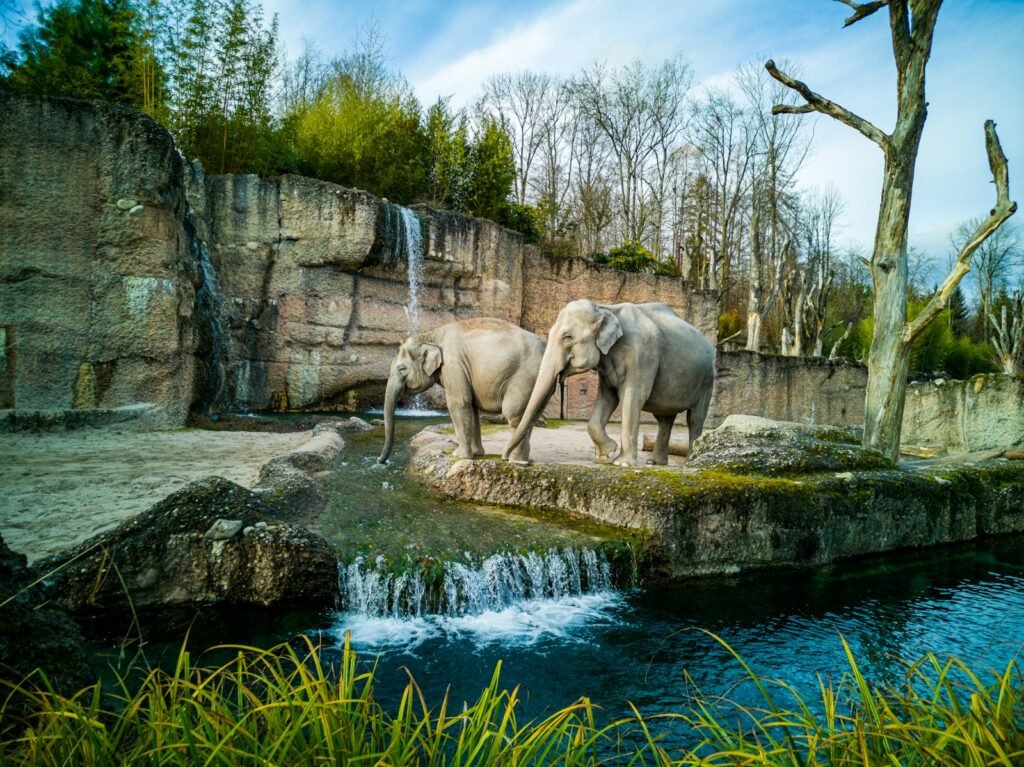
Zoos have transitioned from being places merely for public viewing to centers for conservation and education. Many zoos are now involved in breeding programs for endangered big cats, aiming to increase their populations and potentially reintroduce them into the wild. They also play a significant role in educating the public about wildlife conservation.
Successes and Failures

The impact of big cat conservation programs has been mixed, with both notable successes and some setbacks. In some regions, big cat populations have stabilized or even increased, as seen with the Amur Leopard in Russia. However, challenges remain, such as the continued habitat loss and conflict with humans, indicating that efforts must persist and adapt.
The Future of Big Cat Conservation
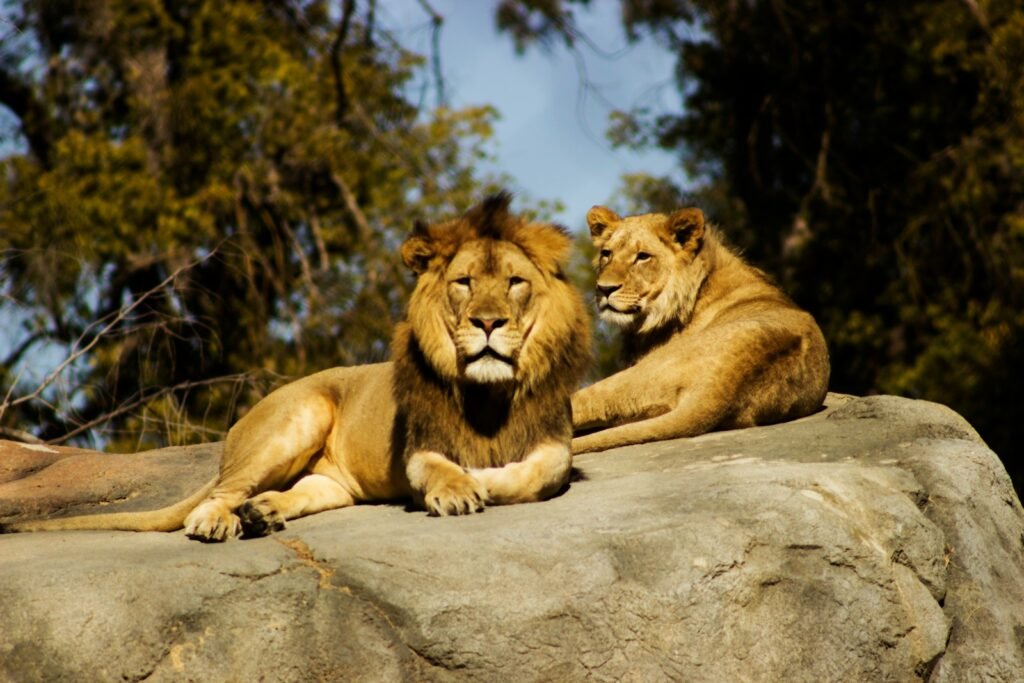
Looking ahead, the future of big cat conservation will depend on sustained efforts and collaborations. Innovative technologies, increased funding, and international cooperation will be essential. As the global community becomes more environmentally conscious, there is hope for more integrated and effective conservation strategies to ensure these magnificent creatures thrive for generations to come.
Conclusion

The history of big cat conservation illustrates a journey of awareness, challenges, and perseverance. While considerable progress has been made, ongoing efforts are crucial to addressing the persistent threats that big cats face. With continued commitment and innovation, there’s potential for a brighter future for these emblematic species.

Growing up traveling and experiencing new cultures and wonders, I have had a passion for nature, adventuring, photography, and videography. I am currently working towards a BSc in Biodiversity and Ecology at Stellenbosch University, and I hope to specialise in Marine Sciences one day.
Please send any feedback to Feedback@animalsaroundtheglobe.com






